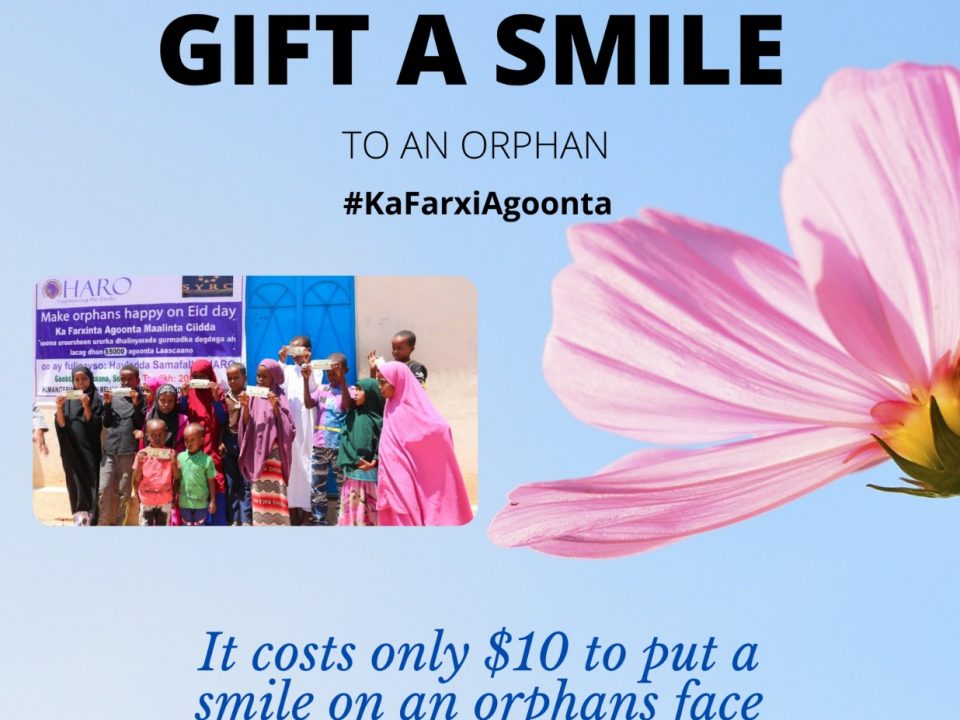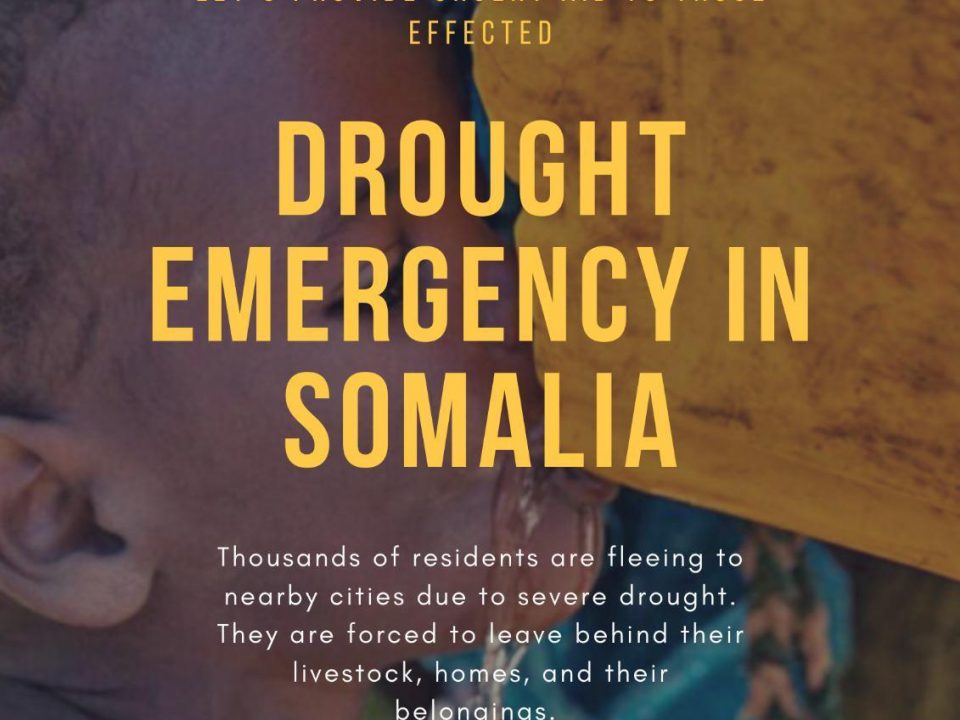Conflict and Displacements
Dadaalka Abaaraha
July 21, 2011Somalia Condition Feb 2011
July 21, 2011 |
Belet Xaawo, Gedo region
Tension is still high in the town of Belet Xaawo, Gedo region, as sporadic shelling continues from the Ethiopian town of Suftu. Field reports indicate that military build-up is still high on the Somali/Kenya border as well as on the outskirts of Belet Xaawo town, where the pro-Transitional Federal Government (TFG) forces are based.
The current fighting is taking longer than expected and this will severely impact on the livelihoods of the IDPs who are camping in various locations outside Belet Xaawo town including Mandera in Kenya, Suftu in Ethiopia, Doolow and other parts of Gedo region in Somalia.
At least 80 per cent (approximately 34,000 people) of the population of Belet Xaawo town has been displaced. Some 11,000 of them have reportedly crossed over into the Kenyan town of Mandera, while the remaining people have either moved to Ethiopia or to other parts of Gedo region including Baardheere and Luuq. According to field reports, pro-government forces have occupied the only main source of water supply located outside Belet Xaawo – restricting the movement of commercial water trucks that used to supply the town. The few people who stayed in Belet Xaawo during the recent fighting are now also leaving after experiencing severe shortages of water and food – but also due to the sporadic shelling that has been ongoing almost on a daily basis.
Displaced persons registered in Mandera are, starting today, being transferred to a camp 15km from the town by the Kenya Red Cross. It remains to be seen how many of the 11,000 people registered will take up residence at the new site.
The fighting has also affected schools in Belet Xaawo, where the majority of children used to attend classes in the Kenyan town of Mandera. Many of these school children have reportedly moved with their families to safety in other parts of Gedo region and hence are not attending school as a result of the conflict.
Mogadishu
In Mogadishu, according to ambulance services and hospital sources, some 62 civilians have been killed and 232 others were wounded in the last two weeks. UNHCR says some 4,400 displacements have occurred in and around Mogadishu due to the fighting since 23 February. After a few days of quiet in Mogadishu, fighting has resumed between the TFG/the African Mission to Somalia and Al Shabaab with confrontations concentrated in Hodan and Hawl Wadaag districts.
The recent fighting in Belet Xaawo and Mogadishu has hindered humanitarian deliveries in both locations and the surrounding areas. No response is taking place in Belet Xaawo at the moment as the security situation still remains tense. Response is taking place in Mogadishu.
Drought updates/Response The drought situation in Puntland continues to deteriorate as water shortages are reported in many parts of the region. In addition to ongoing activities, water response by NGO VSF-G is expected to start this week with CHF funding supporting the provision of water in north Mudug. On 27 February, in Shilcon, Bari region, a national NGO, started the selection of beneficiaries in 63 locations in Qardho, Iskushuban and Kandala districts who will benefit from a water voucher project that is funded through the CHF. The project is expected to cover approximately 30,600 drought-affected pastoralists in the region.
Movement of drought-affected people into Mogadishu still continues, but at a lower rate due to the recent upsurge in armed confrontations between the TFG/AMISOM and Al Shabaab. This week, Concern Worldwide has distributed assorted food items to 235 IDP households in Hamar Weyne Issue # 9 25 February – 04 March 2011 UNOCHA Somalia, Ngecha Rd. (off Lower Kabete Rd). P.O Box 28832, 00200, Nairobi, Kenya. Tel: +254 20 4002400, Website: http://ochaonline.un.org/Somalia OCHA – Coordination Saves Lives and Hamar Jajab districts in Mogadishu. Each household received 20ks of Rice, 20kgs of wheat flour, 10kgs of sugar, 11kgs of pulse and 6 litres of vegetable oil. Routine nutrition interventions supported by UNICEF and WFP are also ongoing in various parts of Mogadishu.
The Norwegian Refugee Council has erected 486 tents for the newly displaced people, built 100 latrines and distributed a total of 5,000 non-food items in the past two weeks. A national NGO JCC started water trucking and the rehabilitation of four water pans in Bu’aale, Sakoow and Salagle districts supported by the CHF.
UNICEF is installing 21 water sources in Sool and Sanaag (11 in Sool and 10 in Sanaag). In Ceel Afweyn and Ceerigaabo, a national NGO, ADO, is conducting water trucking in 44 locations. The project is funded by the CHF. On 25 February, HAVIYOKO in partnership with OXFAM GB, started water trucking to 11 sites targeting 600 beneficiaries in Sool region and 39 other sites in Togdheer region.
The NGO AFREC, in partnership with UNICEF, is involved in the rehabilitation of 30 shallow wells, the treatment of household water for 1,000 families and the construction of 220 household latrines in Afmadow and Jilib as well as the chlorination of 158 wells throughout Middle and Lower Jubba regions.
Despite access constraints in Gedo, Bay and Bakool regions, international and national NGOs are delivering nutrition assistance supported by UNICEF.
Other Response
Food Assistance
During the week under review, WFP delivered a total of 1,470 metric tons of mixed food commodities to 168,600 beneficiaries through emergency school feeding, institutional feeding and general food distribution. Out of the total beneficiaries reached, 152,700 were from the Central Regions and 15,900 from Somaliland.
Following the WFP-led rapid needs assessment in Mogadishu where IDPs are concentrated or have moved to drought and escalation of fighting, WFP has initiated an immediate three phased response:1) an immediate distribution of High Energy Biscuits (HEB) to IDPs in the assessed area; 2) a follow-up once-off General Food Distribution response to allow time for (3) opening of additional wet-feeding sites to allow for greater support to the newly displaced. WFP is scaling up its Targeted Supplementary Feeding Programme (TSFP) to meet the additional needs of incoming IDPs as well as seasonal deterioration of overall nutrition.
In central regions, WFP collaborates with eight NGOs to support an estimated 18,200 malnourished children and pregnant & lactating women through TSFP for the treatment of moderate malnutrition. The families of those receiving treatment will also benefit from a household ration addressing household food insecurity. As such, the total number of beneficiaries through this intervention will be 109,200. WFP is finalizing one additional agreement to target 1,350 malnourished children and women in 18 sites.
Health
WHO distributed trauma equipment sufficient to treat 200 people, and one operating theatre kit to the Ministry of Health in Mogadishu to respond to increased number of weapon-related casualties.
SOURCE: OCHA Somalia



